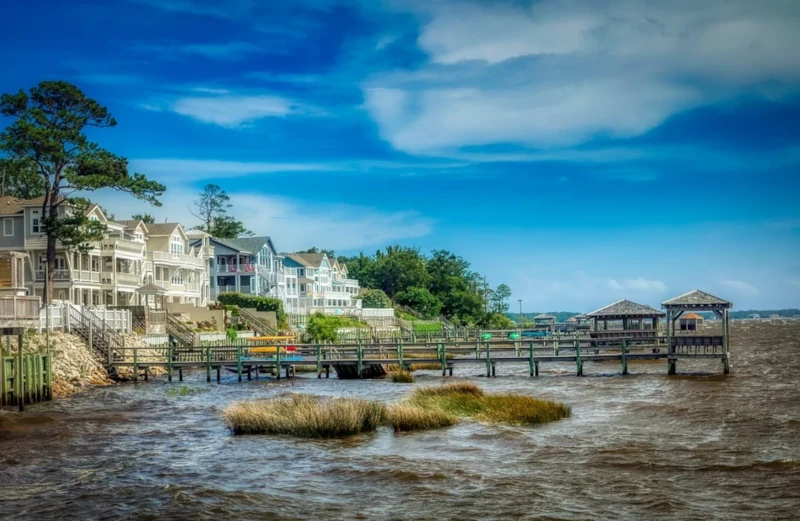
Outer Banks Facts
- For those who know of it, the term of the Outer Banks serves as the name for a particularly visually stunning collective geological feature. As remains obvious to the observer, this particular example of this type of formation possesses an incredibly beautiful composition.
- The remarkable site actually consists of an entire chain of what’s commonly known as barrier islands, as well as numerous sandbars of widely varying sizes. Not surprisingly, of course, the local Native American tribes clearly knew of this fabulous site for countless centuries.
- This region remained unknown to the rest of the world until late in the 16th century, however. At that time, though, British sailor Richard Grenville, established the ill-fated settlement, now known as the Lost Colony. He did this on one of the islands, named Roanoke, in 1585.
- Subsequently, on June 22, 1587, John White, who had previously accompanied Richard Grenville on that first voyage, returned once again. During this period, along with 116 English settlers, he established the first successful European colony in this part of North America.
- Among other things, therefore, the breathtaking Outer Banks played a pivotal role in the history of this part of the world. Yet, that’s not its only claim to a place in annals of history. Its unique location and resulting weather patterns have also been put to excellent use, as well.
- This holds true due to the fact that the world famous Wright Brothers chose a location there for the first powered flight by man in recorded history. The choice occurred because of certain naturally occurring characteristics of the remarkable location aided in their efforts.
- Today, the Outer Banks continues to remain of vital importance. Fittingly, a multitude of national landmarks fill the area. The stunning region also contains many protected areas, due to its many ecosystems. Plus, its undeniable beauty makes it a popular tourist destination.
Related Articles
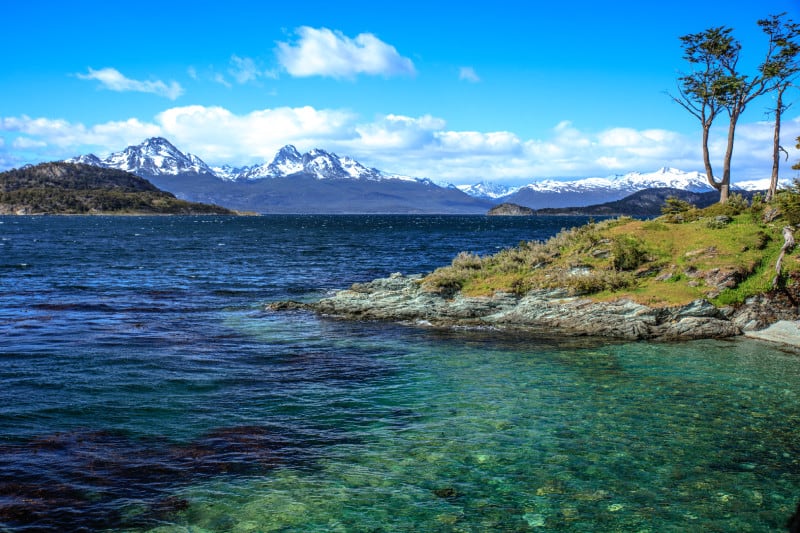
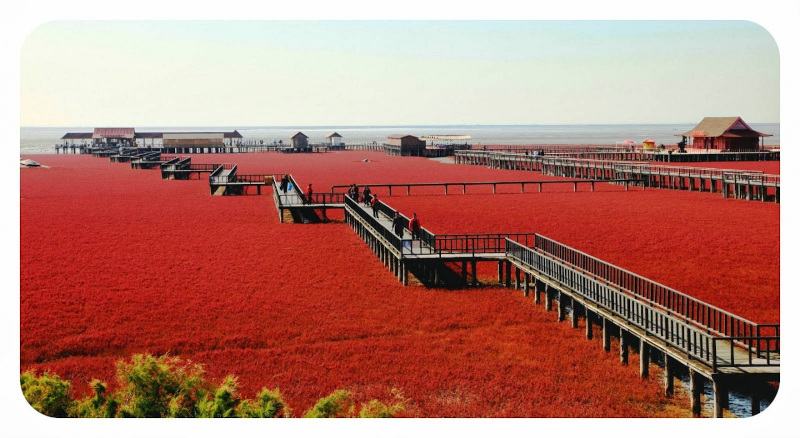
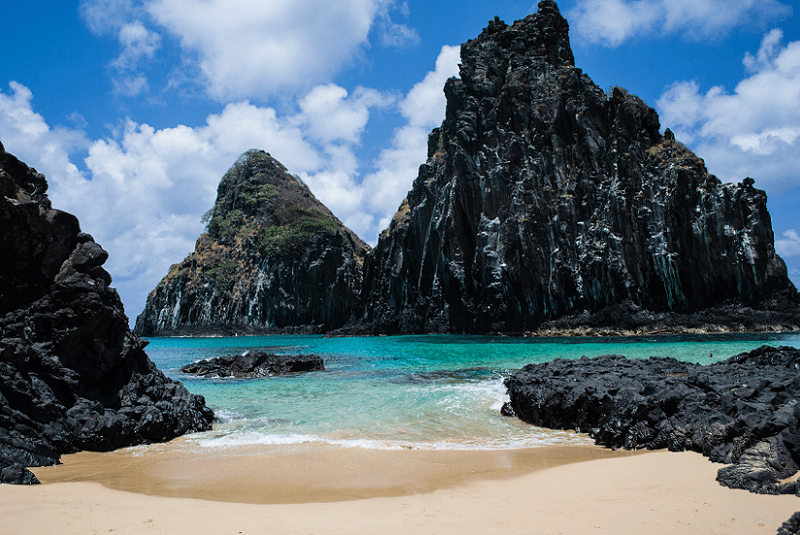
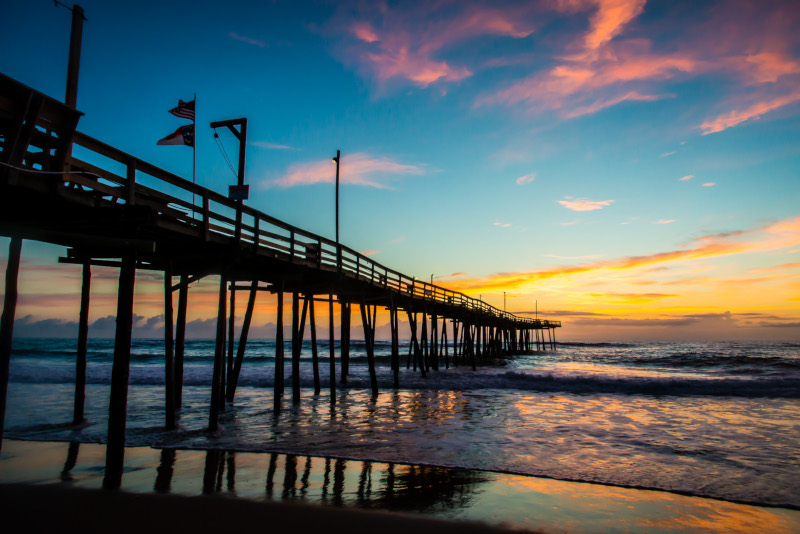
Outer Banks Physical Description
To begin with, it must be pointed out that the incredible location now known as the Outer Banks includes vastly more than just one single feature. In point of fact, this dazzling wonder of Nature and geology contains a total of 8 islands and peninsulas, along with numerous sandbars.
The gorgeous islands themselves bear the names of Corolla, Duck, Kitty Hawk, Kill Devil Hills, Nags Head, Roanoke Island, Hatteras Island, and Ocracoke Island. These principal islands, however, along with the various sandbars, stretch out over a distance of roughly 200 mi (320 km).
This forms a roughly arch-shaped structure, lying offshore of the continent itself. However, the precise nature of the chain constantly changes, usually in minor ways. Many of the smaller features, such as the sandbars frequently change, due to the influence of strong storms in the region.
The vast majority of the truly visually mesmerizing landscape of the aptly-named Outer Banks further remains comparatively flat overall in nature. The exceptions to this principle, though few, generally come in the form of sand dunes, some of which can reach 100 ft (30.5 m) in height.
Many of the fabulous islands comprising the marvelous grouping also possess numerous beautiful beaches. These sometimes boast relatively expansive dimensions. Some of the islands also possess a highly elongated shape, in some places even measuring no more than 1 mi (1.6 km) in width.
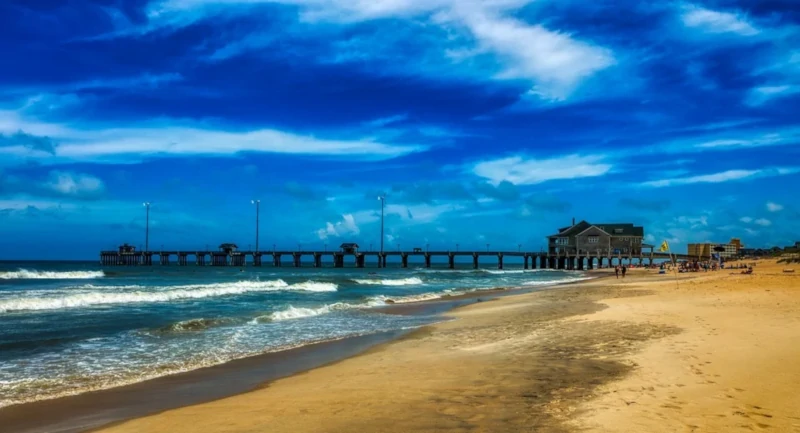
Outer Banks Location and Wildlife
For those who wonder, the magnificent work of Nature named the Outer Banks formed in the Northern Hemisphere. There, it sits along the edge of a specific portion of the east coast of North America. More specifically, this area forms the eastern coast of the country of the United States.
Within that range, the majority of this eye-catching feature extends along the shoreline of the state of North Carolina. A tiny portion of this geological marvel nevertheless extends northward, lying along the shore of the state of Virginia. But, that constitutes only the leading edge of the formation.
The amazing Outer Banks also serve as home to a rich and surprisingly diverse ecological system. As a result of its unique climate and positioning, a great many species call it home. This includes a variety of seabirds. Many varieties of mammals also appear here, having arrived from the mainland.
Many forms of vegetation also flourish here, as well. Such a listing includes such varied species as beach grasses and various trees, such as palms, as well as Spanish Moss. However, its most noted wildlife actually consists of a sizable herd of wild horses, being present on the island of Corolla.
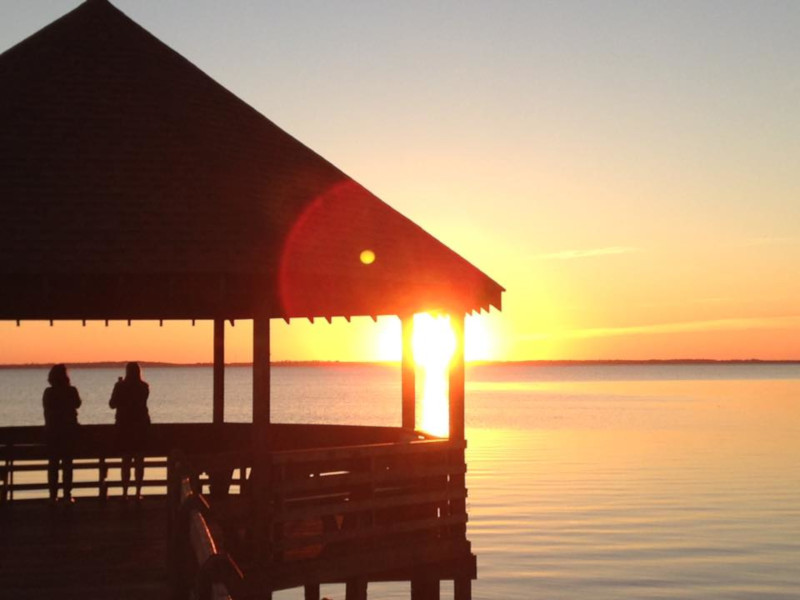
Outer Banks Climate
As mentioned previously, because of its unique positioning, the stunning Outer Banks, along with the countless marvels it holds, enjoys a most remarkable climate. In point of fact, despite being less than 30 mi (48 km) offshore in most places, it possesses a decidedly humid subtropical climate.
Even the temperature of the ocean tends to be markedly warmer than that along the continental shore. Specifically, this means that wintertime temperatures rarely reach the freezing point within any part of its area. The winds additionally help to moderate the effects of summer temperatures.
Generally, though, the winter and fall periods remain somewhat warmer than inland areas. Meanwhile, the spring and summer seasons tend to be moderately milder, thanks to nearly constant sea winds. Sadly, however, its geographical location also makes the region prone to hurricanes.
In fact, regardless of its otherwise excellent conditions, it lamentably remains the most hurricane prone region north of the state of Florida. Thankfully, though snow in winter does sometimes happen, the average total amounts to less than 3 in (7.6 cm) in even the most northern sections.
Features Sharing Its Region
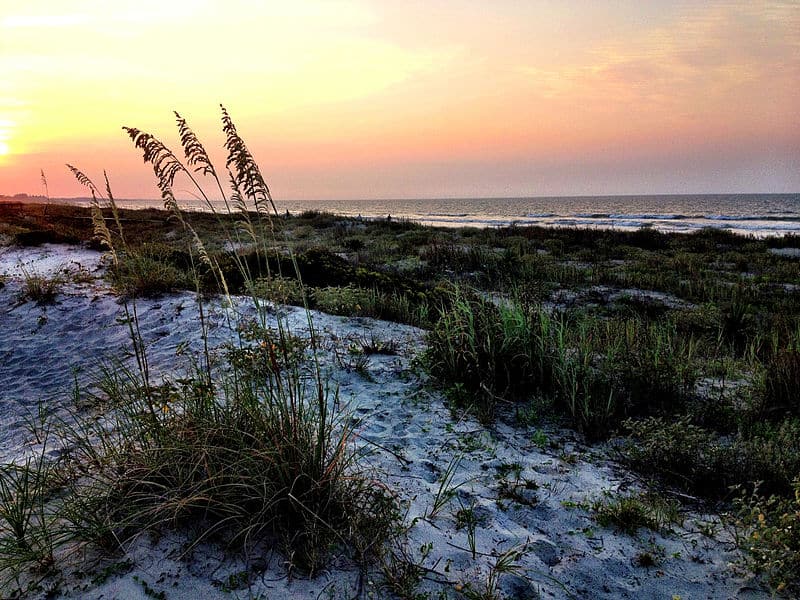
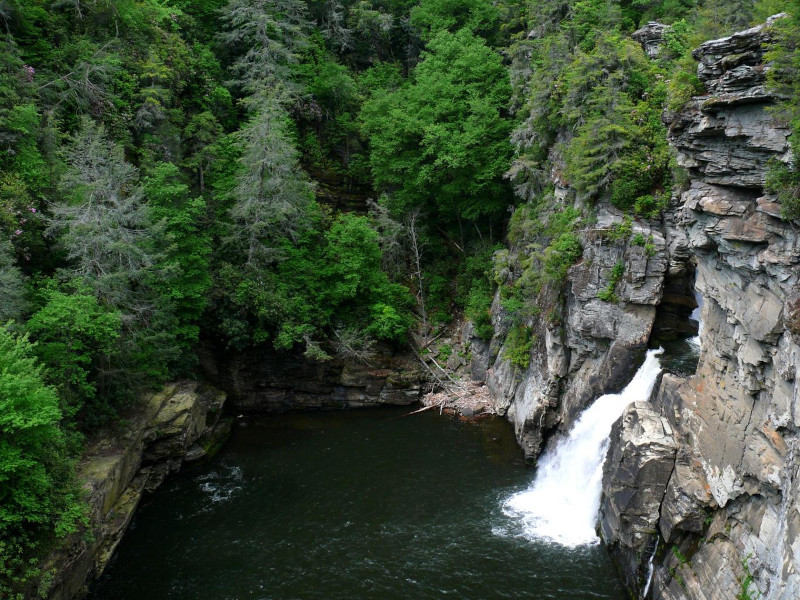
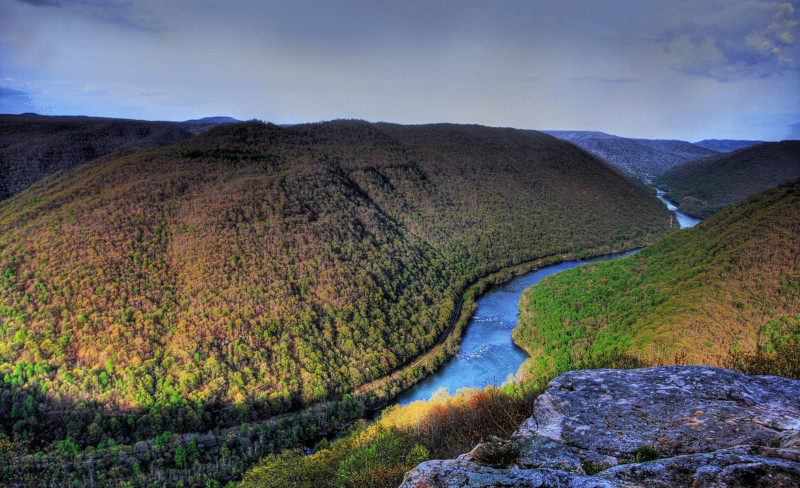
Check out our other articles on Earth’s Many Magnificent Bees, Pesquet’s Parrot, Mount Roraima, Naked Man Orchid, Pink Fairy Armadillo, White Witch Moth, Purple Frog, Jewelled Gecko









Leave a Reply